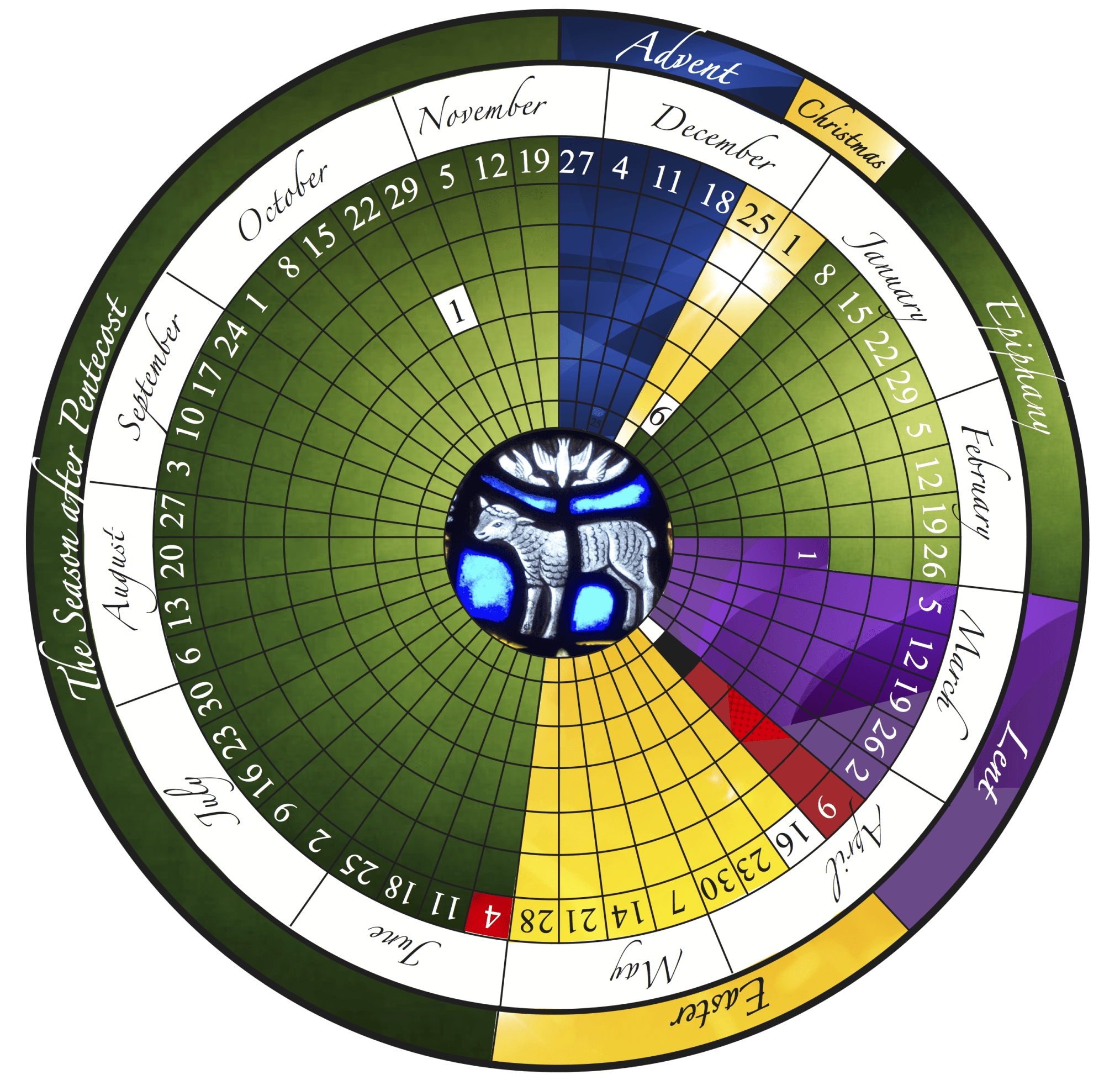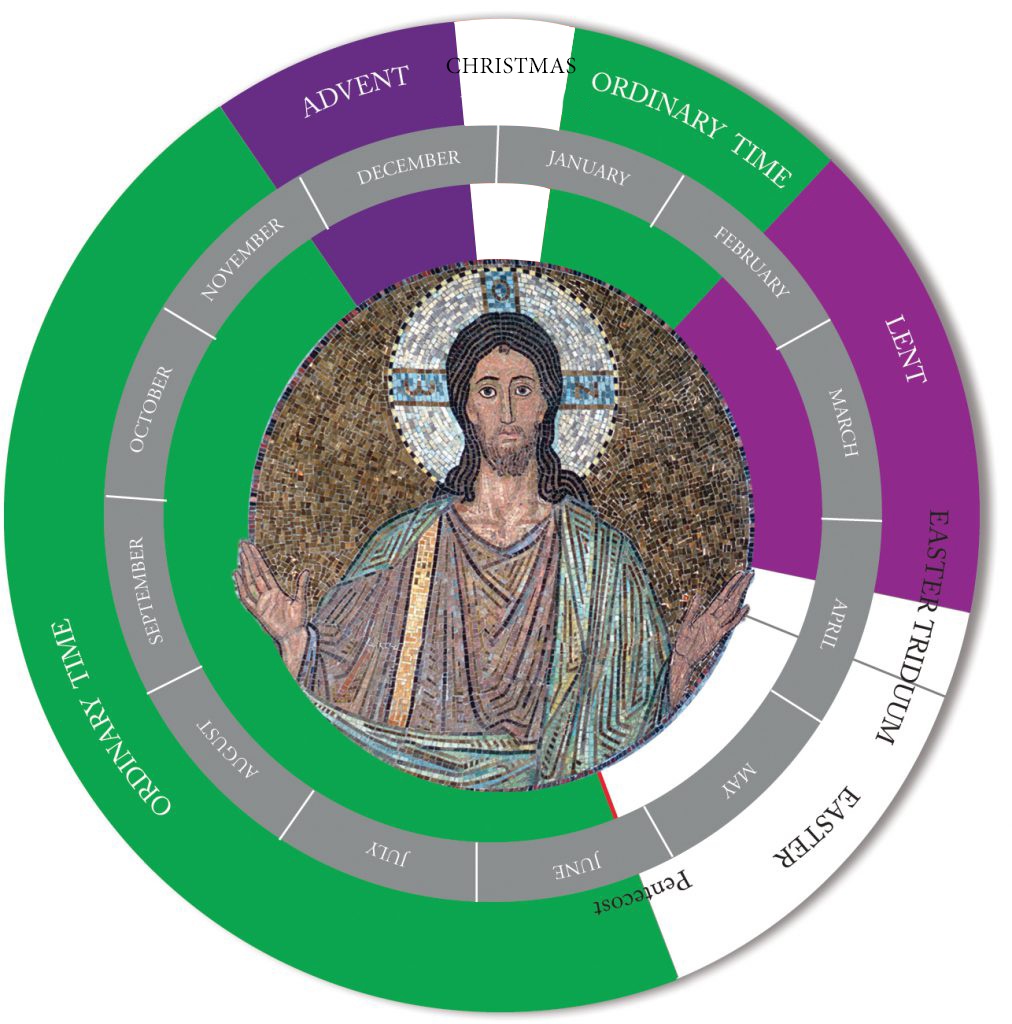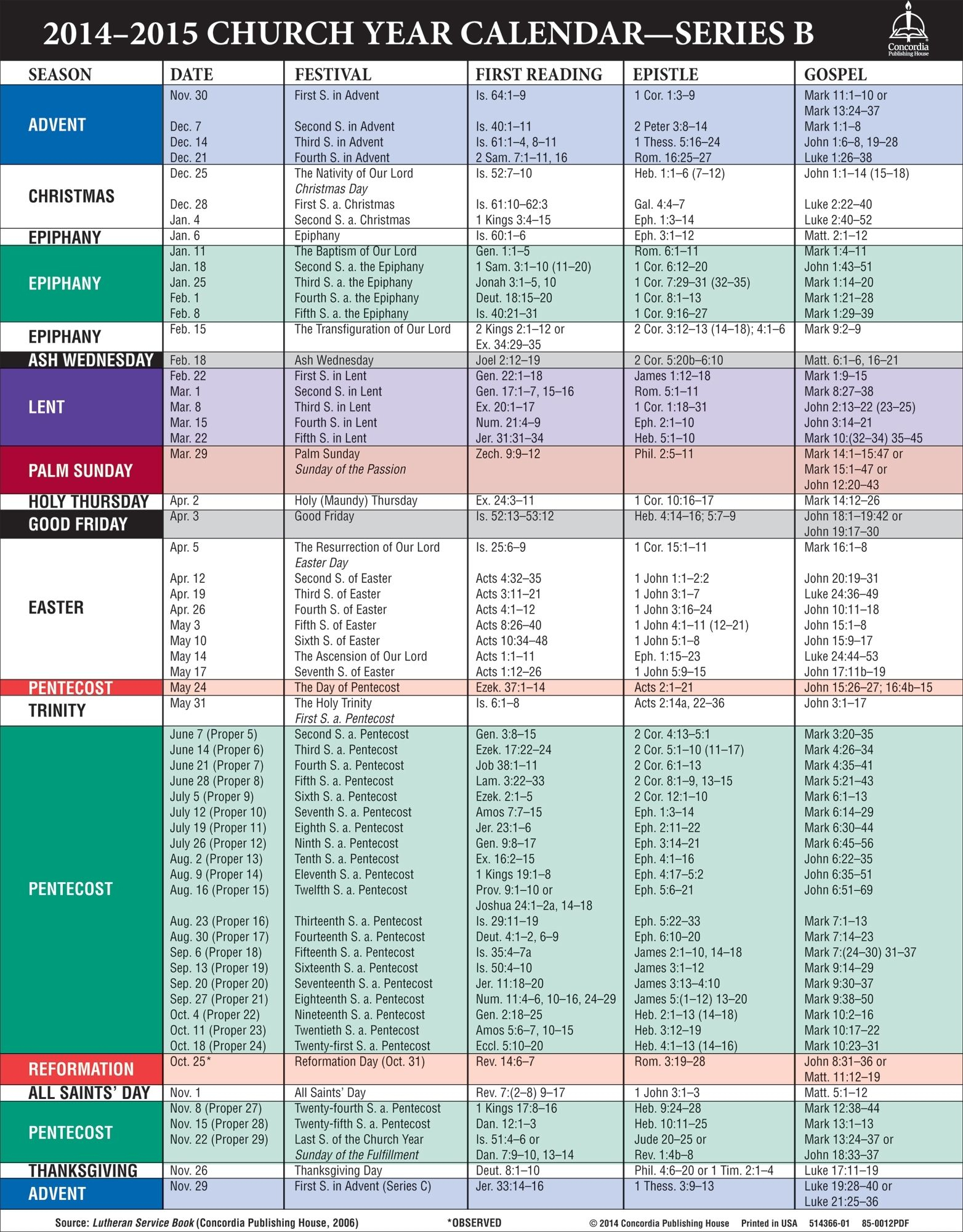Navigating the Sacred Yr: A Deep Dive into the 2025 Catholic Liturgical Calendar
Associated Articles: Navigating the Sacred Yr: A Deep Dive into the 2025 Catholic Liturgical Calendar
Introduction
On this auspicious event, we’re delighted to delve into the intriguing matter associated to Navigating the Sacred Yr: A Deep Dive into the 2025 Catholic Liturgical Calendar. Let’s weave attention-grabbing info and provide contemporary views to the readers.
Desk of Content material
Navigating the Sacred Yr: A Deep Dive into the 2025 Catholic Liturgical Calendar

The Catholic liturgical calendar is greater than only a schedule; it is a dwelling tapestry woven with threads of scripture, custom, and the unfolding thriller of Christ. Every day, week, and season unfolds a particular narrative, guiding believers by means of the life, dying, and resurrection of Jesus, and celebrating the lives of saints who exemplify Christian virtues. 2025, like yearly, gives a wealthy and diversified liturgical journey, inviting participation and reflection on the religion. This text will delve into the important thing elements of the 2025 Catholic liturgical calendar, offering insights into its construction, vital feasts, and the religious that means behind the celebrations.
The Construction of the Liturgical Yr:
The Catholic liturgical 12 months is cyclical, mirroring the life, dying, and resurrection of Christ. It is divided into a number of distinct seasons, every with its personal distinctive character and themes:
-
Creation (roughly November twenty ninth, 2024 – December twenty fourth, 2024): Creation marks the start of the liturgical 12 months. It is a season of expectant ready and preparation for the approaching of Christ, each his first coming at Christmas and his second coming on the finish of time. The readings concentrate on prophecies concerning the Messiah and the themes of hope, peace, pleasure, and love. The liturgical coloration is purple (or rose on the third Sunday of Creation, Gaudete Sunday, signifying a joyful anticipation).
-
Christmastide (December twenty fifth, 2024 – January sixth, 2025): Christmastide celebrates the delivery of Jesus Christ. The main target shifts from anticipation to celebration, with the liturgy emphasizing the incarnation of God and the enjoyment of salvation. The liturgical coloration is white. This era consists of vital feasts just like the Solemnity of Mary, Mom of God (January 1st) and the Epiphany (January sixth), celebrating the manifestation of Jesus to the Gentiles.
-
Strange Time (January sixth – Lent 2025): Strange Time, following Epiphany, is a interval of reflection and development in religion. The readings from scripture cowl a variety of subjects, constructing upon the themes launched throughout Christmastide. The liturgical coloration is inexperienced. This era is split into two components, with the primary spanning from Epiphany to Lent and the second following Pentecost.
-
Lent (Ash Wednesday – Holy Thursday 2025): Lent is a 40-day interval of penitence and preparation for Easter, recalling Jesus’ 40 days within the desert. It is a time for fasting, prayer, almsgiving, and reflection on one’s relationship with God. The liturgical coloration is purple. Ash Wednesday marks the start of Lent, and vital occasions embrace the Sundays of Lent and Holy Week.
-
Holy Week (Palm Sunday – Easter Sunday 2025): Holy Week recounts the ultimate days of Jesus’ life, culminating in his crucifixion and resurrection. It is a time of intense religious reflection, culminating within the Easter Triduum (Holy Thursday, Good Friday, and Holy Saturday). The liturgical coloration varies considerably all through the week.
-
Eastertide (Easter Sunday – Pentecost Sunday 2025): Eastertide celebrates the resurrection of Jesus Christ, the central thriller of the Christian religion. It is a 50-day interval of pleasure and thanksgiving, culminating in Pentecost. The liturgical coloration is white.
-
Strange Time (Pentecost Sunday – Creation 2025): The second interval of Strange Time follows Pentecost, persevering with the cycle of reflection and development in religion till the start of Creation. The liturgical coloration is inexperienced.
Important Feasts and Solemnities in 2025:
Whereas the complete liturgical 12 months is critical, sure feasts and solemnities maintain specific significance. The precise dates for these will must be confirmed utilizing a liturgical calendar particular to 2025, because the date of Easter determines the timing of many shifting feasts. Nonetheless, we will spotlight among the key celebrations:
- Christmas (December twenty fifth, 2024): The celebration of the delivery of Jesus Christ.
- Epiphany (January sixth, 2025): Celebrates the manifestation of Jesus to the Gentiles.
- Ash Wednesday (Particular date in 2025): Marks the start of Lent.
- Palm Sunday (Particular date in 2025): Commemorates Jesus’ triumphant entry into Jerusalem.
- Holy Thursday (Particular date in 2025): Celebrates the Final Supper.
- Good Friday (Particular date in 2025): Commemorates the crucifixion of Jesus.
- Holy Saturday (Particular date in 2025): A day of expectant ready earlier than the resurrection.
- Easter Sunday (Particular date in 2025): Celebrates the resurrection of Jesus Christ.
- Ascension Thursday (Particular date in 2025): Celebrates the ascension of Jesus into heaven.
- Pentecost Sunday (Particular date in 2025): Celebrates the descent of the Holy Spirit upon the apostles.
- All Saints’ Day (November 1st, 2025): Celebrates all of the saints, identified and unknown.
- All Souls’ Day (November 2nd, 2025): A day of prayer for the departed trustworthy.
- Immaculate Conception (December eighth, 2025): Celebrates the conception of the Blessed Virgin Mary with out unique sin.
The Religious Significance:
The Catholic liturgical calendar isn’t merely a chronological itemizing of occasions; it is a profoundly religious journey. Every season and feast gives distinctive alternatives for:
- Religious Development: The cyclical nature of the calendar permits for durations of reflection, penitence, and celebration, fostering religious development and deepening one’s relationship with God.
- Neighborhood Constructing: Liturgical celebrations deliver the Catholic group collectively, fostering a way of belonging and shared religion.
- Scripture Engagement: The readings all year long provide a scientific engagement with the scriptures, offering a deeper understanding of God’s phrase.
- Mystagogy: The liturgical rites themselves are wealthy in symbolism and custom, providing a path to deeper understanding and religious expertise.
Sensible Purposes:
For Catholics, understanding the liturgical calendar is essential for lively participation within the lifetime of the Church. It informs prayer, scripture studying, and participation in liturgical celebrations. By actively partaking with the liturgical calendar, people can deepen their religion, strengthen their relationship with God, and expertise the fullness of the Catholic custom. Consulting a particular 2025 liturgical calendar will present the precise dates for all feasts and solemnities, guaranteeing correct participation within the liturgical lifetime of the Church. Moreover, many parishes provide sources and packages designed to assist parishioners higher perceive and have interaction with the liturgical 12 months.
Conclusion:
The 2025 Catholic liturgical calendar is a roadmap for a 12 months of religious development and transformation. By understanding its construction, vital feasts, and religious significance, Catholics can embark on a significant journey of religion, deepening their relationship with God and their fellow believers. It is a dynamic and enriching expertise that invitations reflection, participation, and a renewed appreciation for the wealthy tapestry of the Catholic religion. Might the liturgical 12 months 2025 be a time of grace, renewal, and deeper communion with the divine.








Closure
Thus, we hope this text has supplied useful insights into Navigating the Sacred Yr: A Deep Dive into the 2025 Catholic Liturgical Calendar. We hope you discover this text informative and useful. See you in our subsequent article!